How to Personalise Content to Suit your Audience
The most successful businesses focus their efforts on benefitting their customer, not their company.
Because customers can tell the difference.
They know when a business is simply trying to make money, rather than prioritising their needs.
So if you’re not putting emphasis on tailoring your content to your audience, you will be losing your main body of prospective customers.
At
Infoserve, we often discuss the more technical side of marketing, so we thought we’d switch it up by explaining how you can get a little bit more personal with your audience, and create content that truly prioritises them.
Why you should create content to suit your audience
If you ask any marketer how to make more sales online, one of the first things they will always say is ‘find a way to resonate with your audience’. This phrase will come in all shapes and sizes of course, but the sentiment remains the same:
How can you sell to your audience if you don’t know who they are or what they want?
The simple answer is you can’t.
As a savvy businessperson, you probably already know your audience inside out.
You have studied your position in the market, segmented your audience into demographics and dissected their pain points.
Therefore, you already know that your audience has different reasons for investing in your product/service.
So how do you create content that appeals to each of these demographics?
You personalise it.
What is personalised content?
Personalised content looks beyond the generic marketing strategy, and gives your customers a seamless experience through the marketing funnel.
You need to consider what your audience wants and needs as individuals and use this to tailor their experience. This can be done through email marketing and creating targeted website content.
For example, a bookseller might sell a wide range of novels including historical fiction, fantasy fiction, romance and the classics.
In January, they run a promotion that is only available to email subscribers - 20% off your next purchase of non-fiction. This would be fantastic to send to those who had previously spent time browsing, or made a purchase of non-fiction textbooks.
But if you sent this to a customer who had only perused the fantasy section, the offer won’t resonate with them, and they may feel as though they’re being sent useless information and unsubscribe from your email list.
However, if instead of sending them a generic discount, you created a highly targeted email that recommends your latest fantasy releases, they will feel heard and probably take a second look at your website.
How to personalise content for your audience
1. Recommend Relevant Information
Some of the most well known examples of content personalisation are the ‘we recommend’ sections that use previous customer activity to recommend other products or services that are relevant to them.
Companies who do this well include streaming services such as Netflix and e-commerce websites like Amazon.
They very cleverly collect data to curate information that is relevant to you.
2. Create Email Funnels
Email funnels respond to specific actions taken by your customer on your website to dictate which automated emails are sent to them.
One of the most simple examples of this is the ‘abandoned cart’ email. When a customer adds items to their shopping basket then leaves the website without checking out, your website will send them an automated email reminding them that they left something behind, including a list of the items they considered buying.
Although this is a generic feature, it still uses personalised information on your customer’s activity and interests.
You can make email funnels as simple or as complicated as you like.
3. Offer Advice and Guidance
If you sell a product that requires a very specific sort of care, then sending email reminders or care information with the delivery is a very easy way to personalise your content.
It ensures your customer gets the most out of your product whilst showing that you care about quality.
For example, the plant retailer Patch Plants has a cleverly crafted email system that delivers a series of instructions to customers on how to care for the specific houseplant that they have purchased, including where is best to put it in your home, when to water it and how to tell if it looks unhealthy.
They know that each of their products requires care instructions that their customer will need access to, so they provide them immediately.
4. Use Google Optimize
Google Optimize is a tool that allows you to split test web pages by showing variations of content to different users on the internet.
It uses highly technical features to increase your conversion rate by discovering which content features are more likely to achieve your desired goal.
5. Get Interactive
Many online businesses have begun offering interactive quizzes to their audience to more efficiently recommend the right products for them.
This is commonly seen in the beauty industry, with websites like Aveda giving the option of a ‘Hair Quiz’ that asks the customer a series of questions about their hair type and hair goals to determine which products would be best suited to their needs.
This creates a seamless, customised experience that guides consumers through the sales funnel with minimal friction, and makes them feel listened to.
Not sure where to start?
At Infoserve, our content team is vigilant in our approach to creating content that is tailored to your audience’s needs. If you’re interested in discovering what we can do for your business, please feel free to contact us today.













